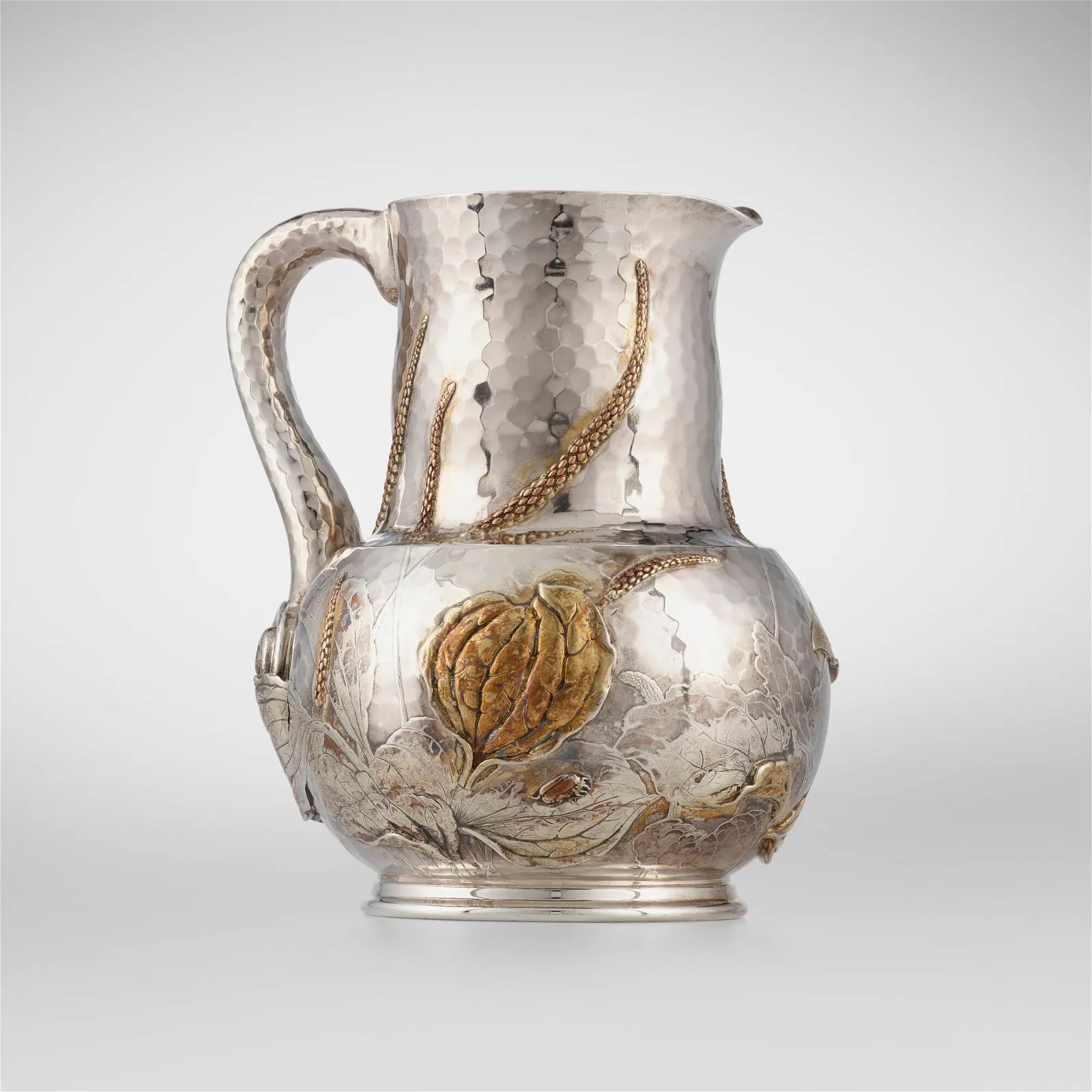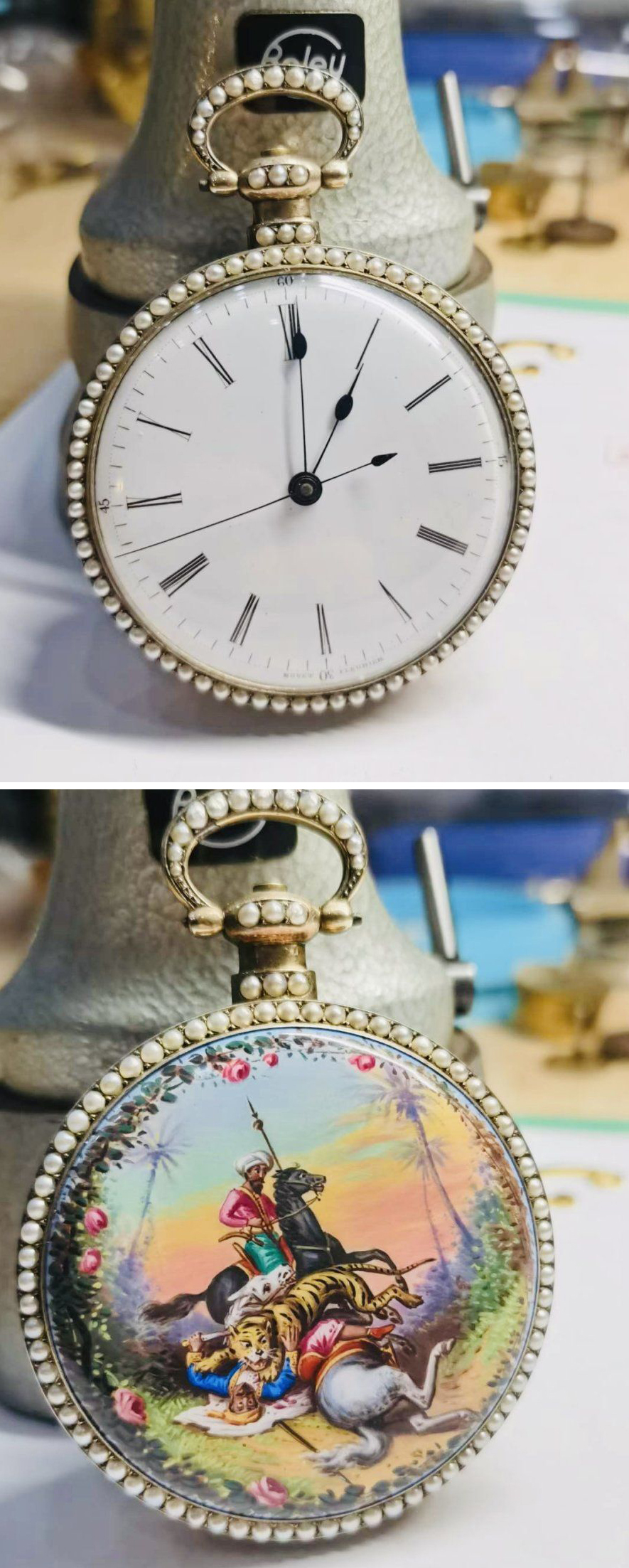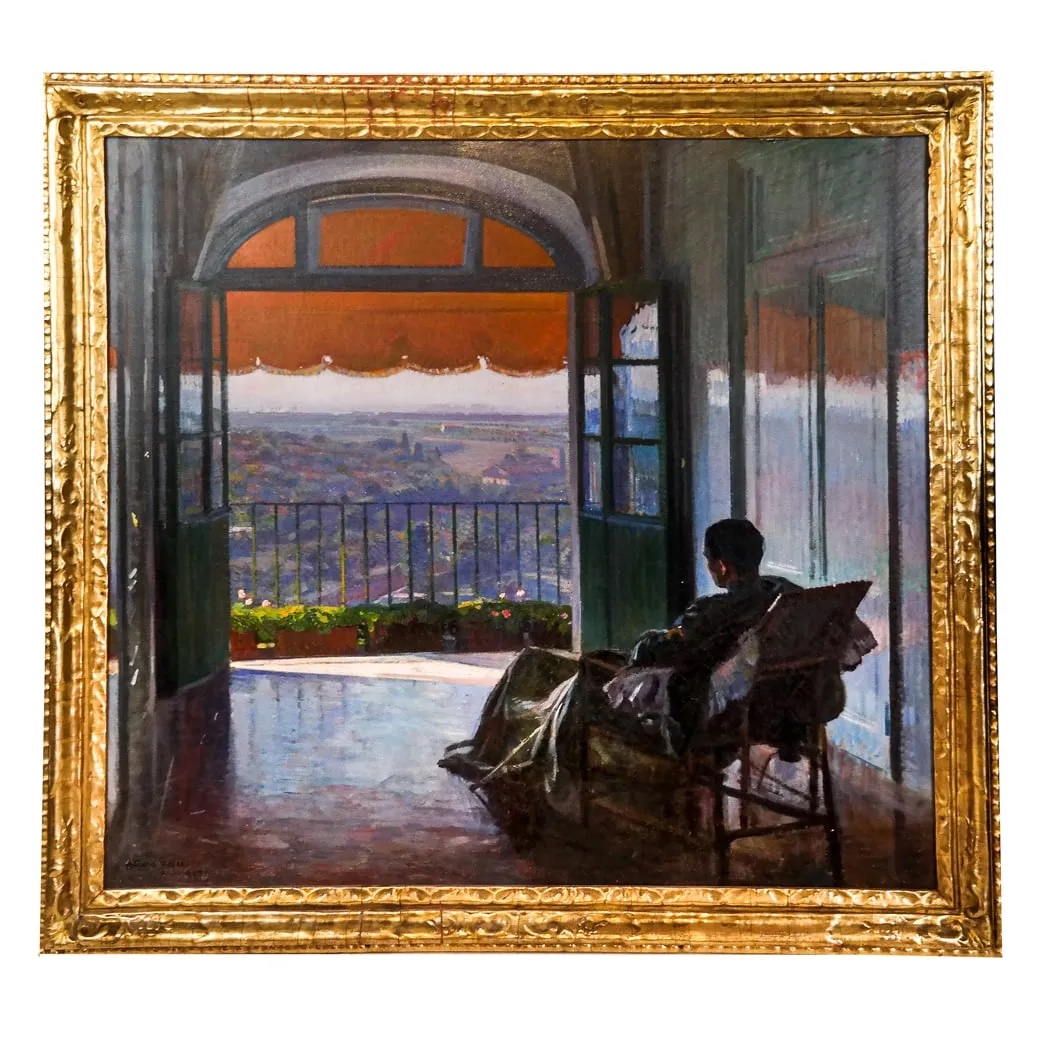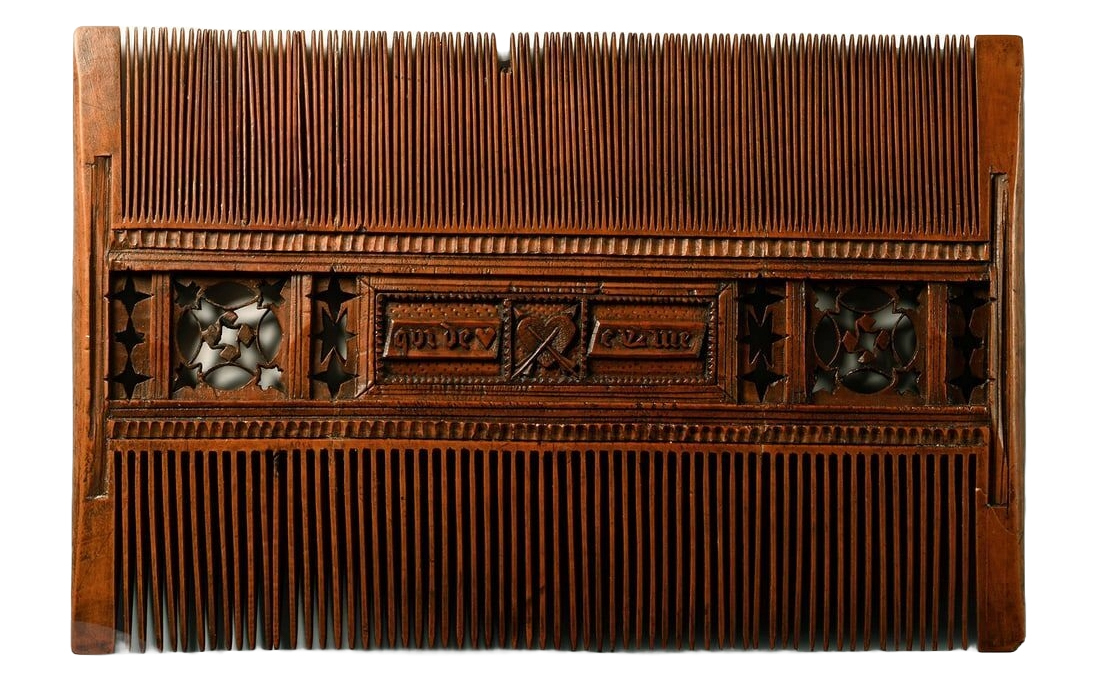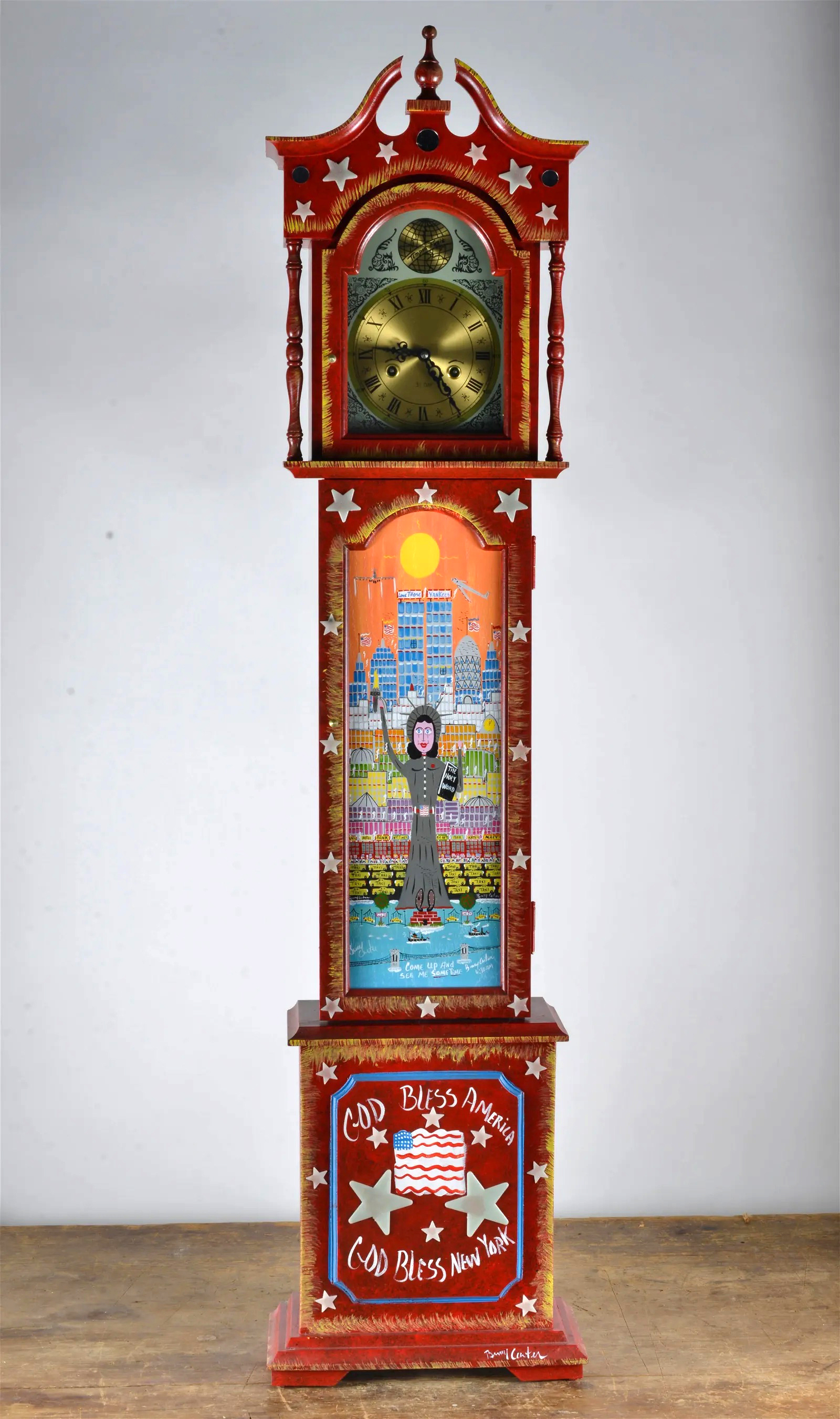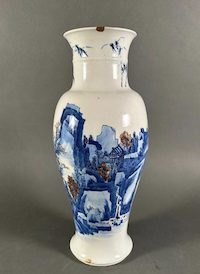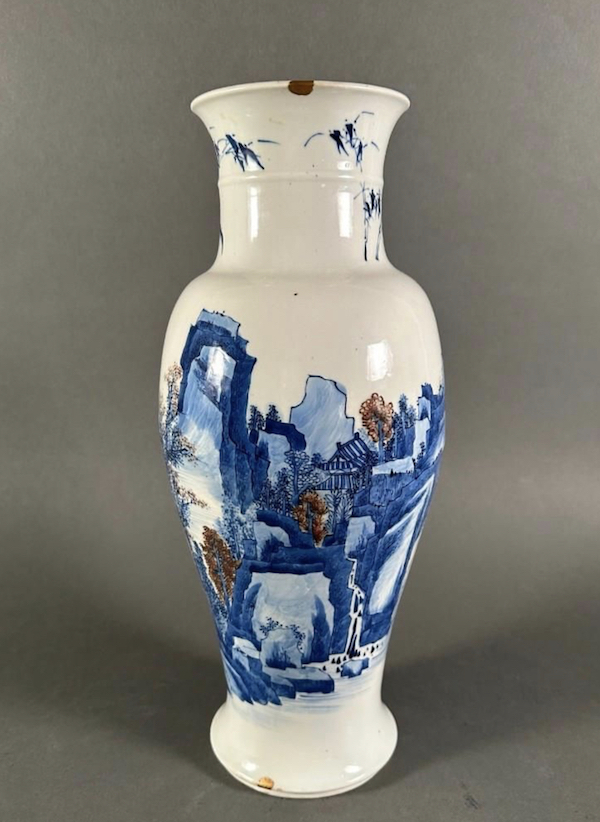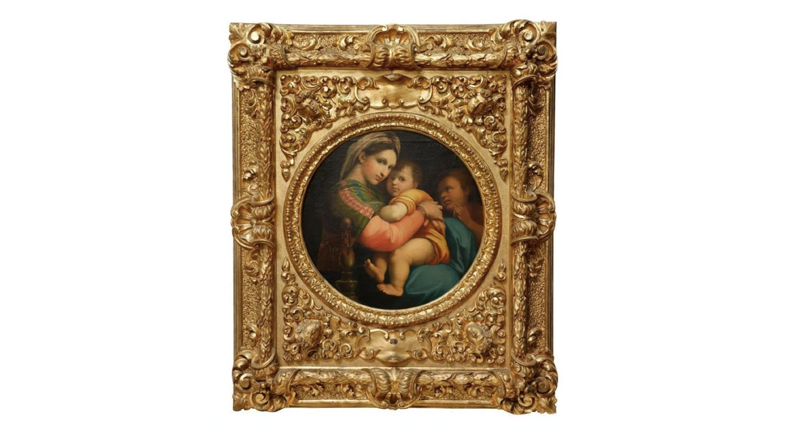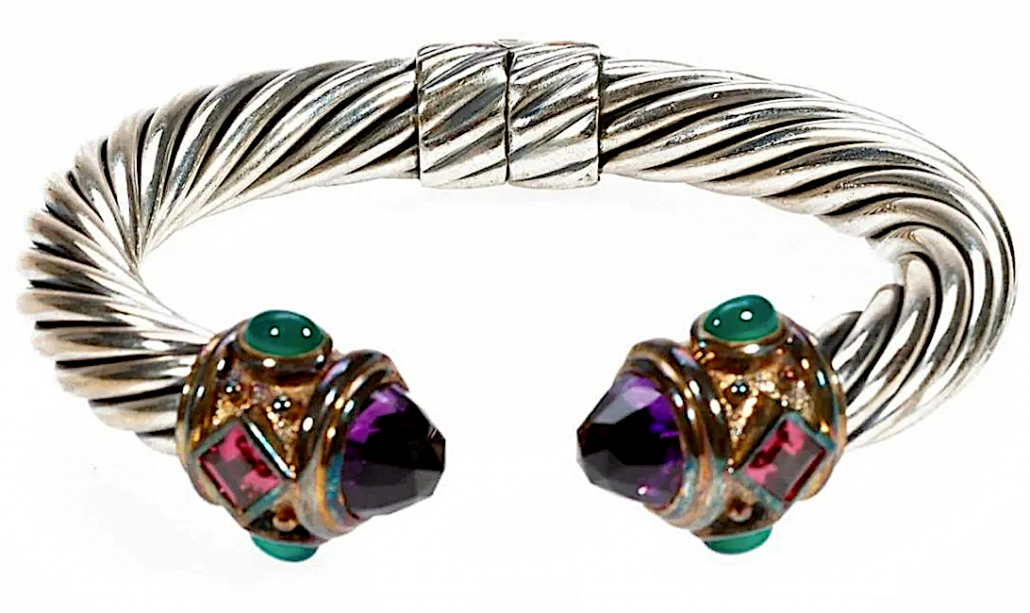WOLCOTTVILLE, Ind. – A collection of Aesthetic movement porcelain formed by the New York-New Jersey retailer Helene Fortunoff (1933-2021) will be presented at Strawser Auction Group on Tuesday, April 23. Fortunoff, who joined the retail operation of her husband’s family in Brooklyn in the 1950s, oversaw the firm’s expansion into jewelry and became its president in 2000.
The Aesthetic movement and its Far Eastern-inspired designs were her passion. Buying through the London dealership Nicholas Boston Antiques during the past two decades, she amassed a 243-lot collection of wares, predominantly by Royal Worcester and Minton, that epitomized the late 19th-century ‘cult of beauty.’
Japanese- and Chinese-style porcelains were first exhibited by Royal Worcester in London in 1872 – a decade after displays of Japanese works of art had caused a sensation at the expos in London (1862) and Paris (1867). R.W. Binns, the artistic director of the Royal Worcester factory, built up his own collection of Far Eastern ceramics to inspire and educate his workers in the concepts of asymmetry, flat patterning, and simplified form.
There are 54 lots of Royal Worcester wares from this singular period in the Fortunoff collection. Few are slavish copies. Instead, they are works of Orientalism, adapted and assimilating to meet Western ideals and taste. They include a remarkable pair of circa-1875 moon flasks that combine a Far Eastern form with decoration borrowed from the European Renaissance. The central floral displays are done in pate sur pate, the ‘clay-on-clay’ technique that arrived in the UK from Paris with the decorated Marc-Louis Solon in 1870. Together, these moon flasks carry the top estimate of the sale at $5,000-$7,000.
Many of the best Aesthetic movement wares of the Minton factory were designed with the input of Christopher Dresser. An expert on Eastern art and design, Dresser had drawn huge inspiration from the Japanese Court at the 1862 exhibition and visited Japan himself as a British emissary in 1876. Prior to his journey, he was hired by Tiffany & Co. of New York to assemble a representative collection of art and design objects.
The 58 lots of Minton porcelain includes several pieces from the famous series of Dresser wares designed in imitation of cloisonné. A cabinet plate, similar to others shown by Minton at the 1878 Paris International Exhibition, is estimated at $800-$1,200. As always, bidding is available via LiveAuctioneers.
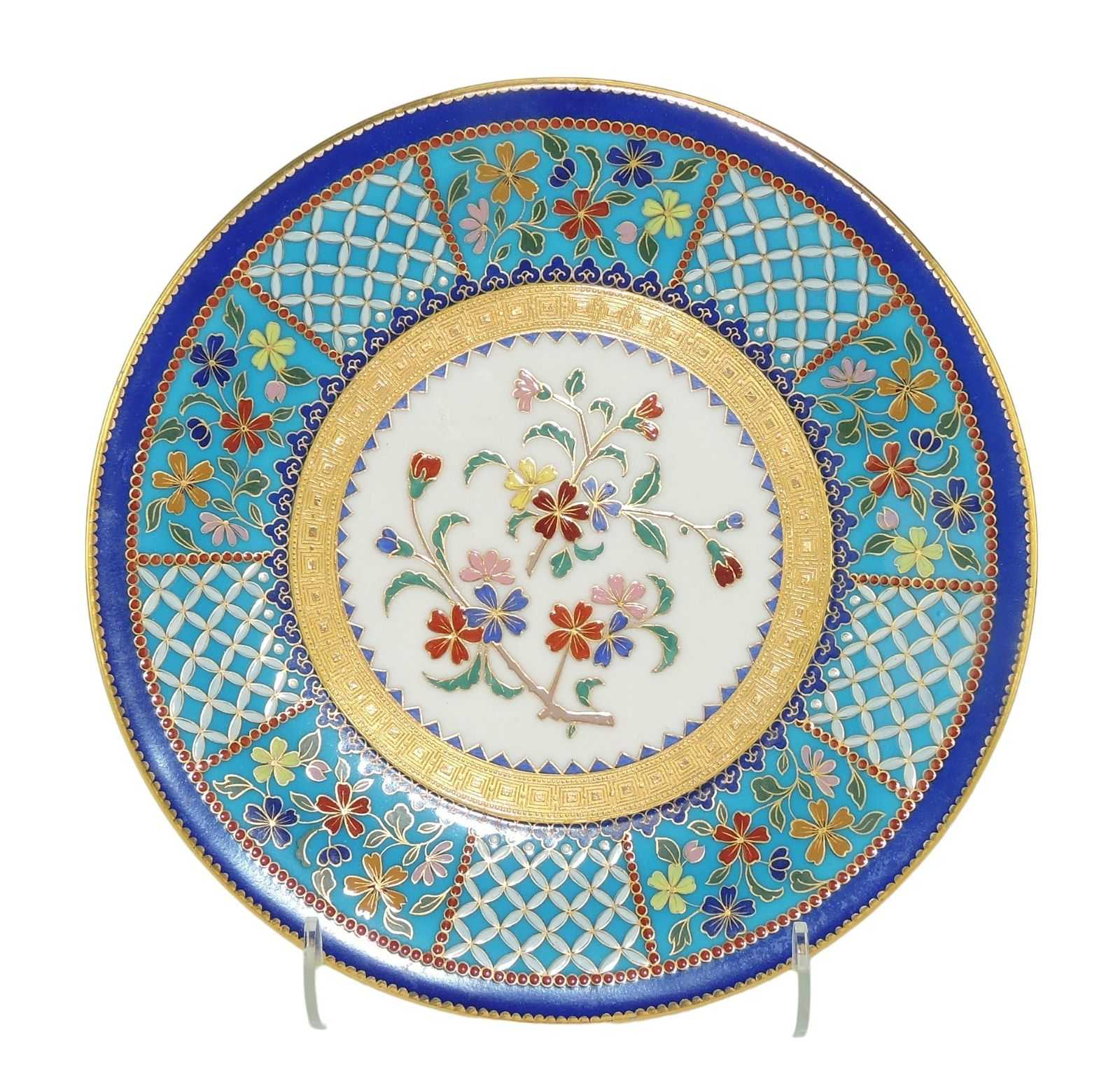
Circa-1875 Minton Aesthetic movement cabinet plate designed by Christopher Dresser, estimated at $800-$1,200 at Strawser Auction Group.
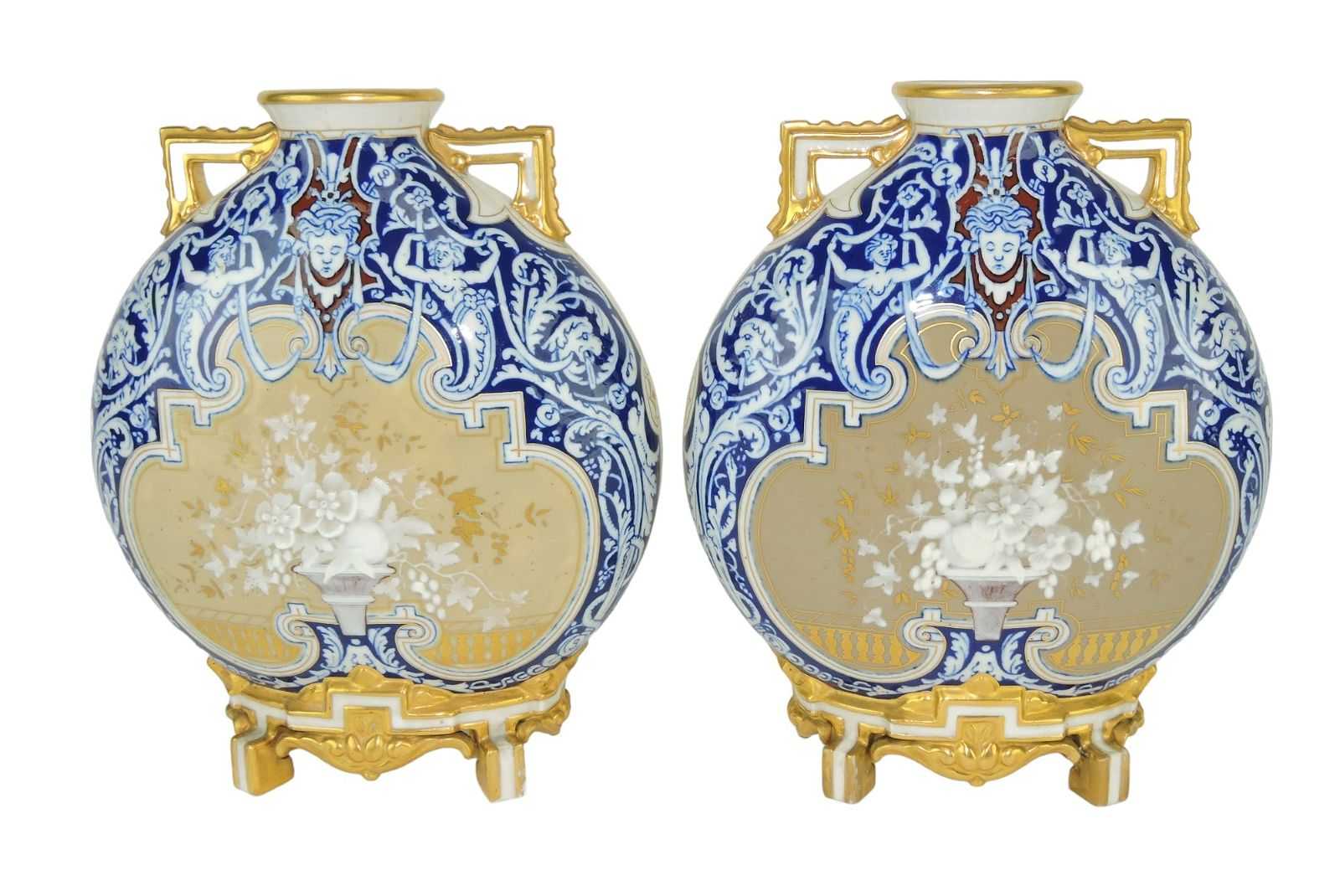
Pair of Royal Worcester Aesthetic movement moon flasks with Renaissance Revival and pate sur pate decoration, estimated at $5,000-$7,000 at Strawser Auction Group.
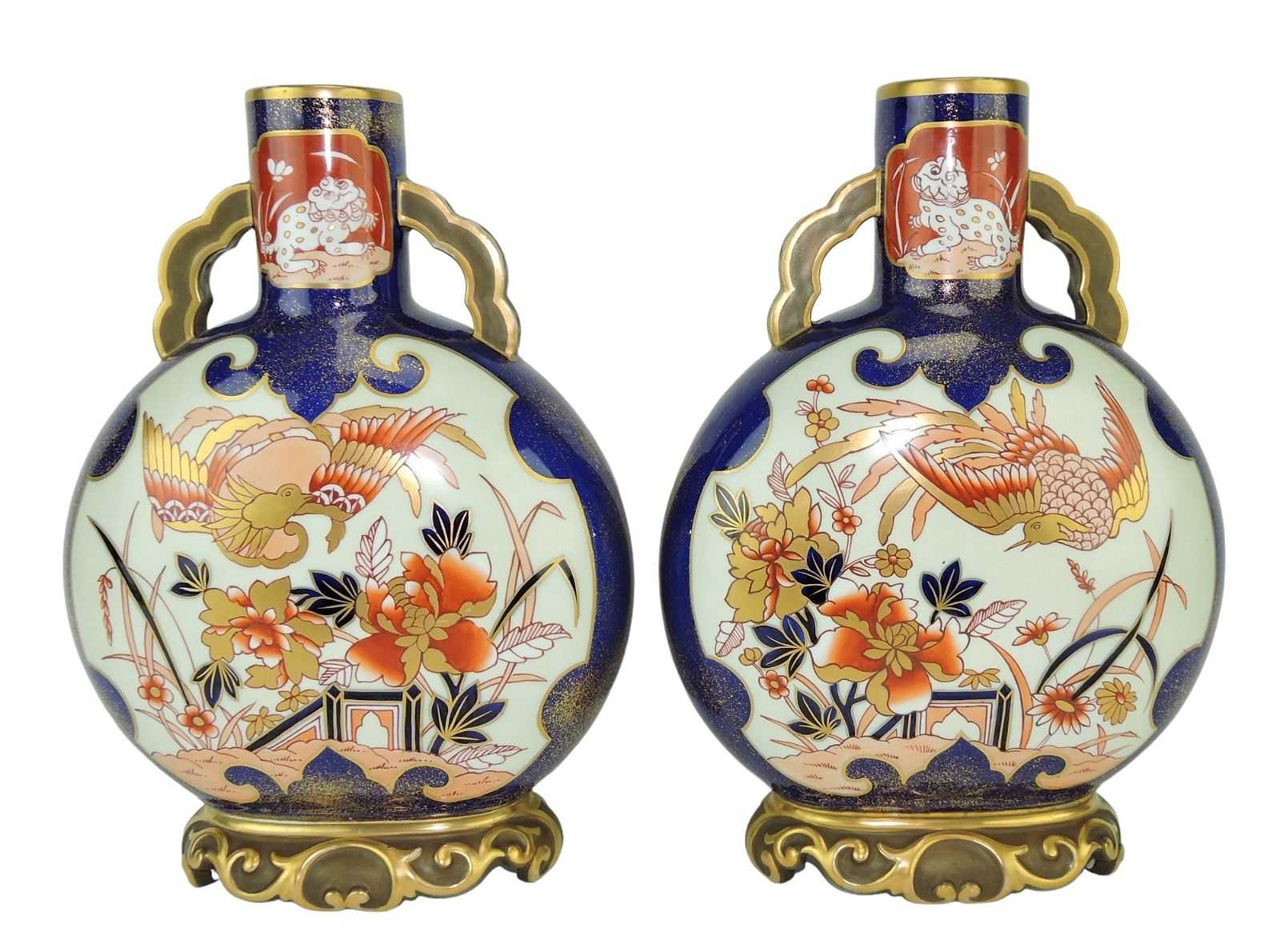
Circa-1875 pair of Royal Worcester Aesthetic movement moon flasks decorated in the Imari palette, estimated at $1,500-$2,500 at Strawser Auction Group.
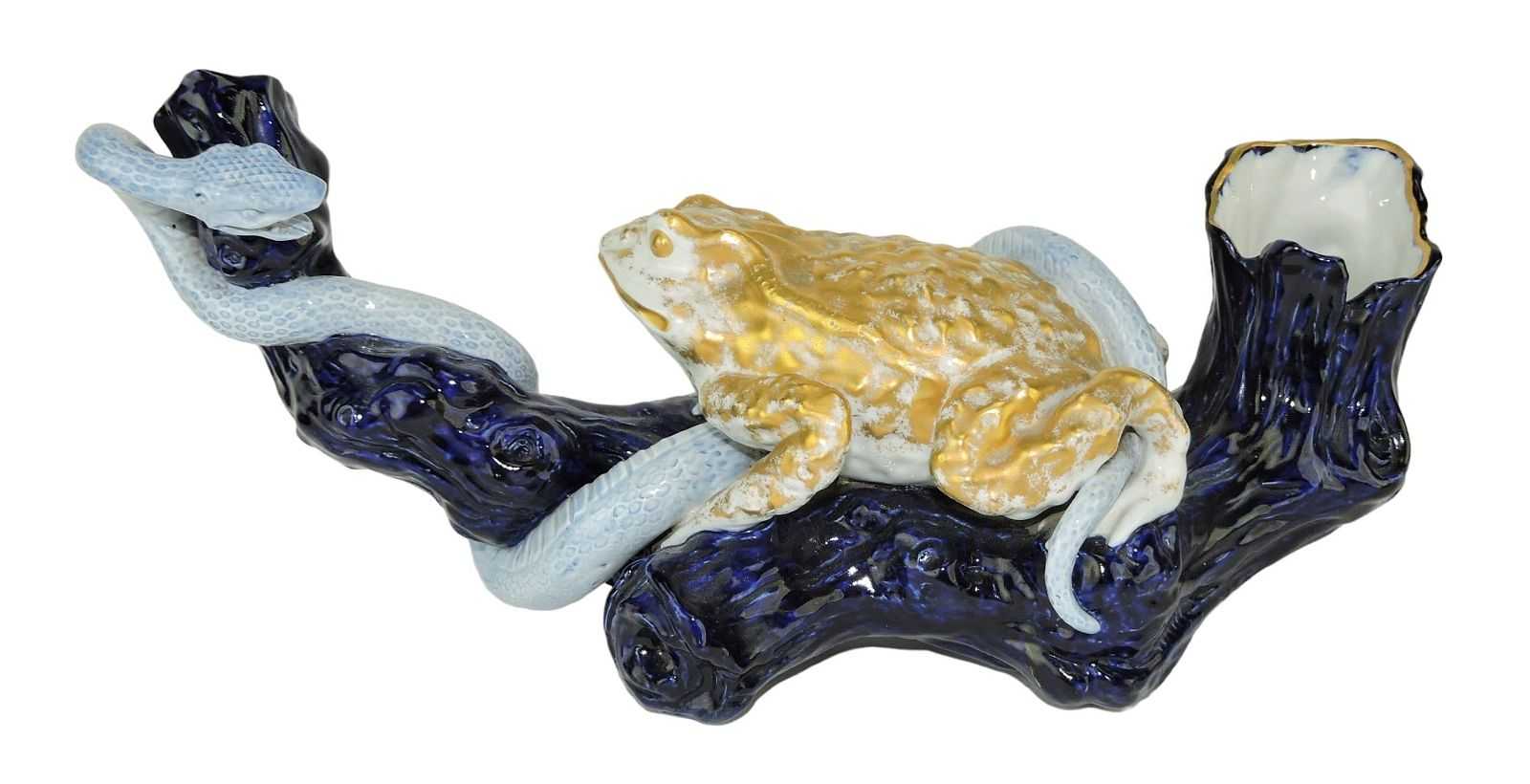
Circa-1875 Worcester porcelain Aesthetic movement vase modeled as a frog and a snake upon a branch, estimated at $600-$900 at Strawser Auction Group.
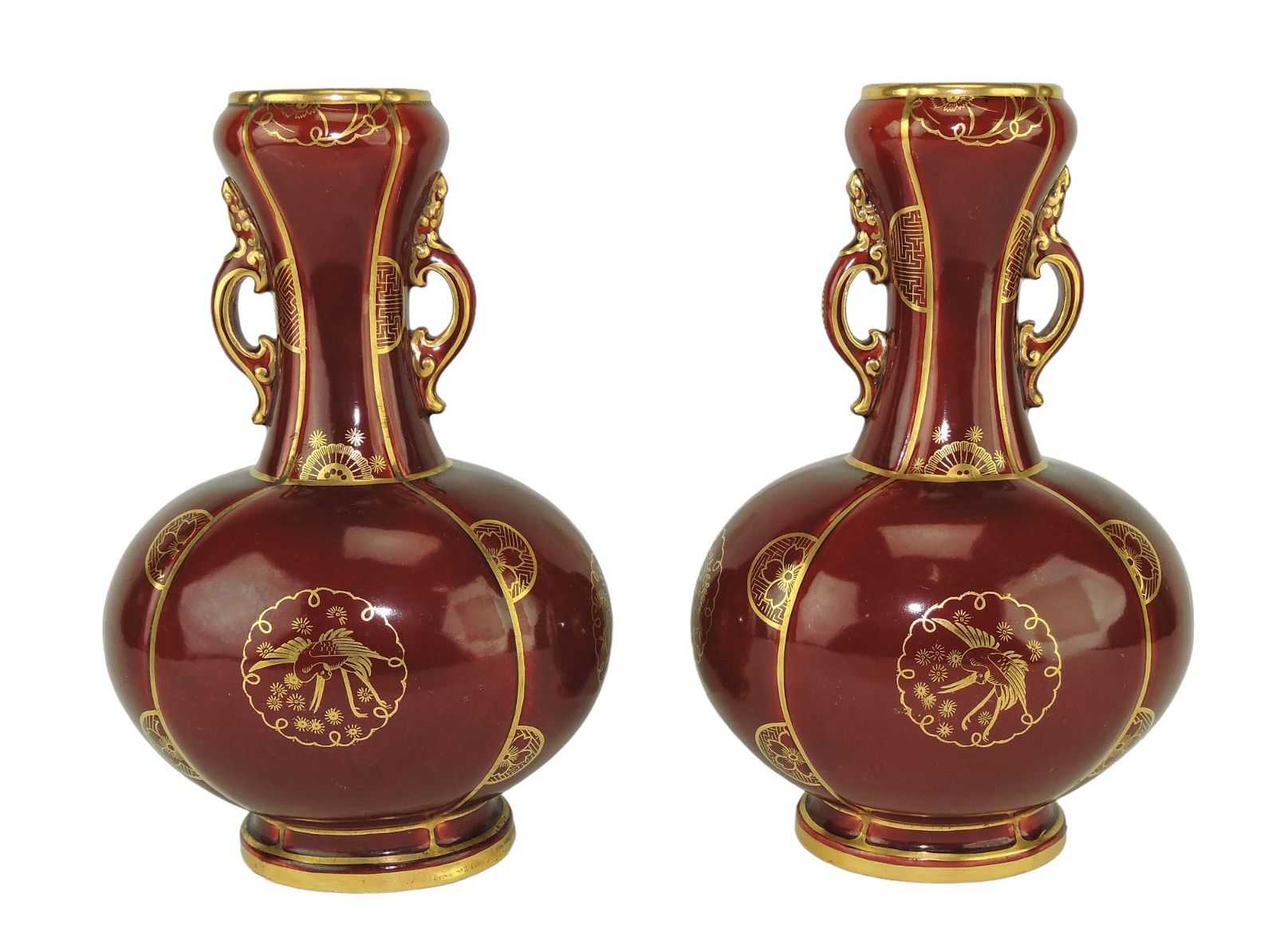
Pair of Minton Aesthetic movement sang de bouef moon flasks with Japoniste gilt decoration, estimated at $2,000-$3,000 at Strawser Auction Group.
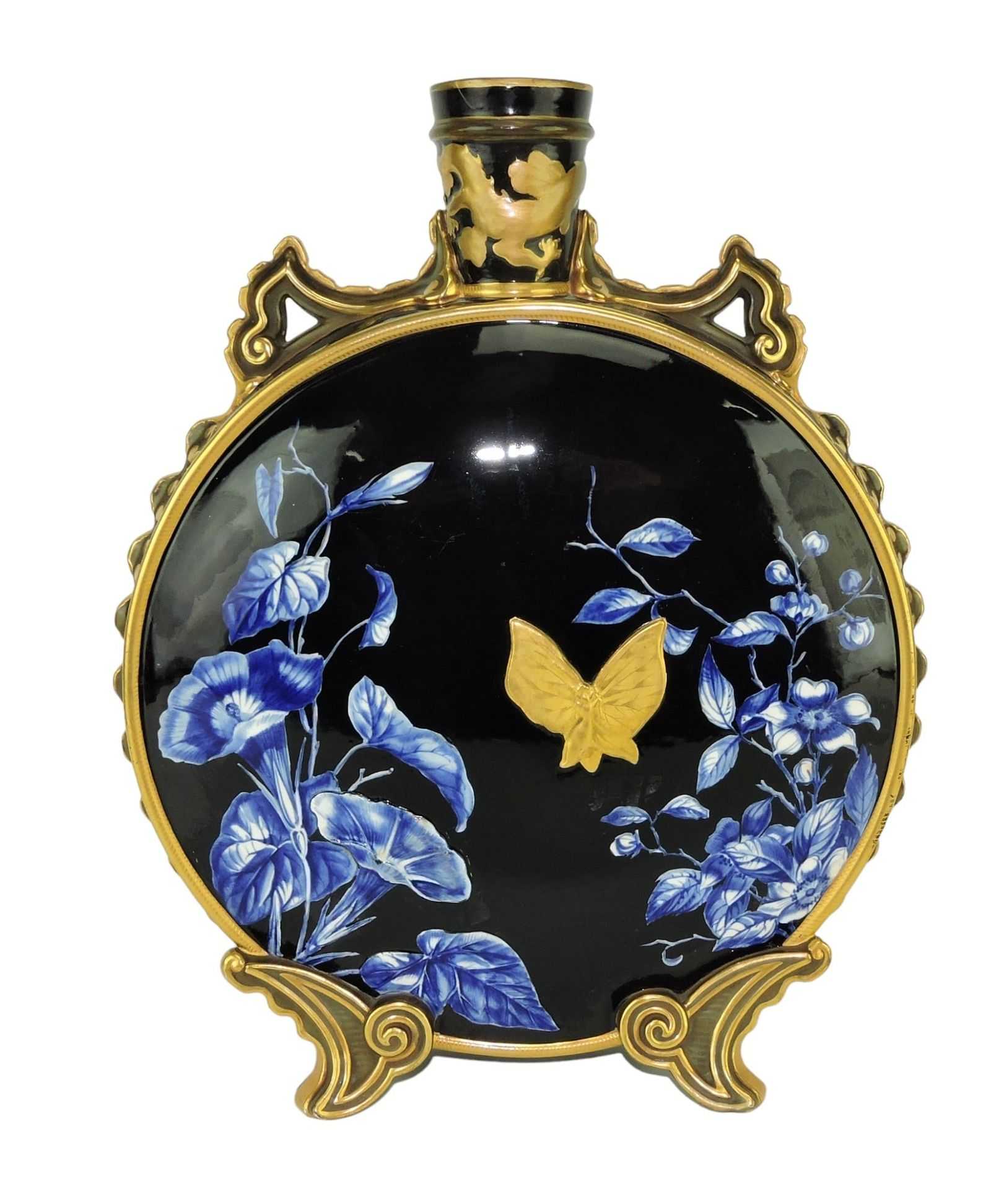
Royal Worcester Aesthetic movement moon flask decorated with Japanese-style fauna against a black ground, estimated at $1,500-$2,500 at Strawser Auction Group.


